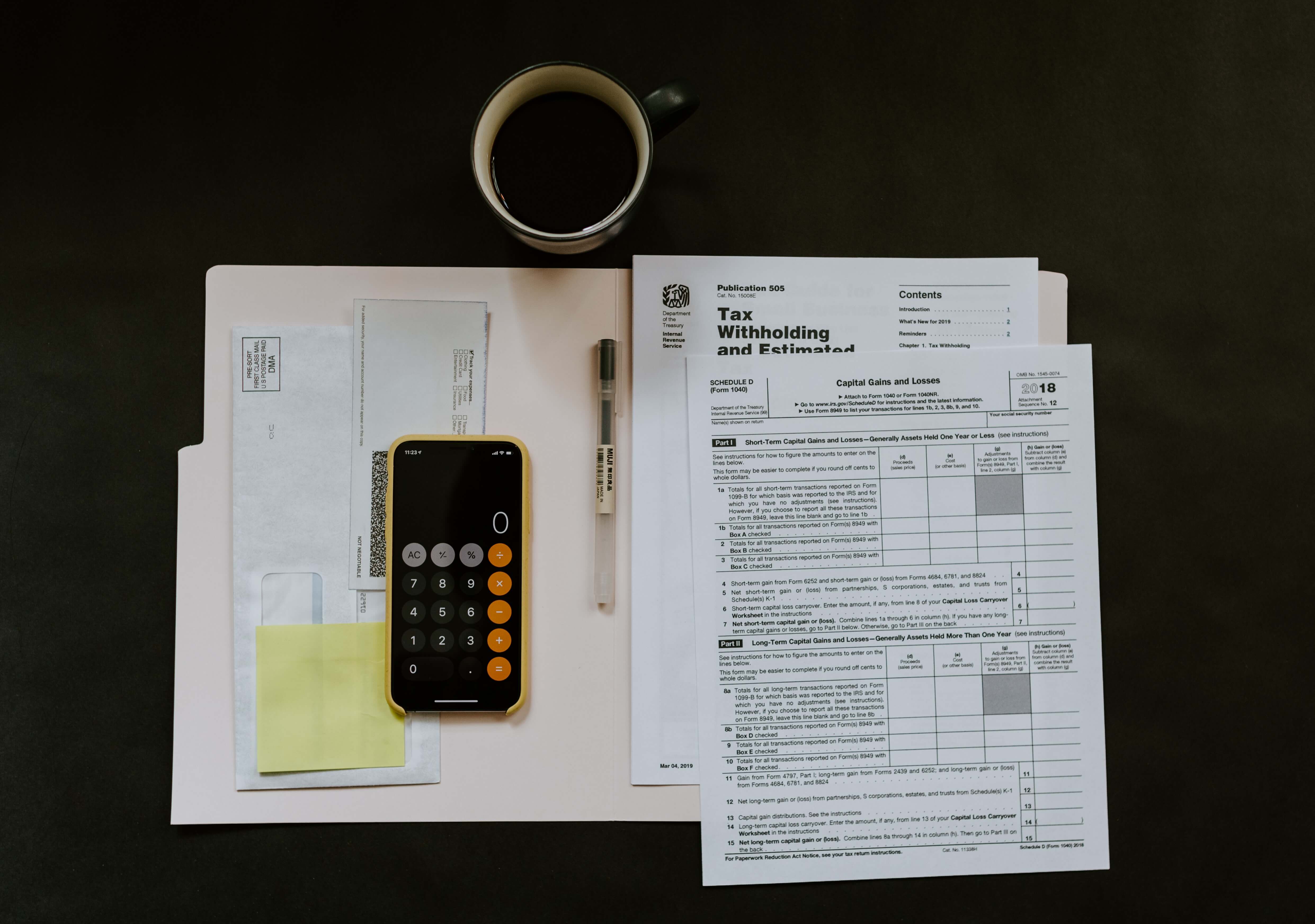If you're self-employed or a company director in the UK, proving your income can get complicated, which is where the SA302 form comes in. In our guide, we’ll answer key questions, from digging into the SA302 meaning to examples and tax calculations that might come in handy. Whether you're applying for a mortgage or need a record of your income, understanding your HMRC SA302 form is a key part of managing your finances.
In this guide, we’ll cover:
- What is an SA302 tax form?
- Is SA302 the same as a tax return?
- Why would you need an SA302?
- How to get an SA302
- What does an SA302 look like?
- What is an SA302 tax calculation?
- SA302 form example
- How Dojo can help
- FAQs
What is an SA302?
An SA302 is a statement from HMRC that shows how much you earned and how much tax you owe for a specific year. It’s based on your self-assessment tax return and acts as official proof of income – often used when applying for a mortgage, loan, or visa.
Is an SA302 the same as a tax return?
Both the SA302 and the Tax Year Overview are official HMRC documents related to an individual’s tax affairs.
The key difference? The SA302 gives a detailed breakdown of income and tax calculations for a single tax year, while the Tax Year Overview provides a broader summary – often covering multiple years – to help verify overall tax compliance and payment history.
Here’s a closer look at how they compare:
| SA302 form | Tax year overview |
|---|---|
| Detailed breakdown of income and tax for a single year | Summary of overall tax position |
| Includes income sources, allowances, and deductions | Covers multiple tax years |
| Used for income verification | Shows payments made and outstanding balances |
| Focused on one tax year only | Used to confirm tax compliance and history |
Why would you need an SA302 form?
Mortgage applications
If you're self-employed or a company director applying for a mortgage, most lenders will ask for SA302 forms as proof of income. These forms give mortgage providers confidence that you have a stable, verifiable income – especially important when payslips aren’t available. If you’ve ever wondered what is an SA302 for mortgage purposes, it’s essentially a trusted way to show your earnings directly from HMRC.
Business loan applications
When on the lookout for business financing, the SA302 can be a real asset. It provides lenders with a clear picture of income and serves as an official stamp of earnings. This is especially helpful if self-employed or running a small business and don't have the usual income paperwork. Plus, getting a handle on understanding your break-even point can be a game-changer when applying for business loans.
Tenancy agreements
Landlords and letting agencies usually ask for proof of income from people looking to rent. For those who are self-employed, the SA302 can be a great alternative to the usual payslips, showing that they can handle rental payments.
Visa applications
When applying for different types of visas, the SA302 can help prove financial stability and ability to follow the UK tax laws. Immigration authorities might need this document to get a clear picture of an individual’s economic situation.
Self-assessment and financial health checks
Reviewing SA302 forms over multiple years can help spot trends in income and tax liability – useful for personal financial planning and identifying opportunities for tax efficiency. For businesses, understanding when to register for VAT or what a VAT number is can make a real difference in staying organised and compliant.
How to get an SA302
Online method: HMRC's digital services
- Visit the HMRC login page and sign into your account using your Government Gateway ID and password.
- Head to the "Self Assessment" section within your account dashboard.
- Click on "More Self Assessment Details,"
- Then choose "Get Your SA302 Tax Calculation."
- Select the relevant tax year (typically, SA302 forms for the last four tax years are available).
- Download the PDF version or print it directly from the online portal.
You’ll usually have to wait at least 72 hours after submitting your Self Assessment tax return before trying to access your SA302 online.
Using commercial software
If you use third-party software to submit your tax returns, you might be able to create SA302 forms right from that platform. Try checking for features called "Tax Computation" or "HMRC Documents" within the software. Keep in mind that the exact steps might differ based on the software you're using.
Getting forms by phone or mail
- Give the Self Assessment helpline a call at 0300 200 3310.
- Have your National Insurance number and Unique Taxpayer Reference (UTR) ready for verification.
- Specify which tax years are needed for the SA302 forms.
- Once the request is made, it might take up to two weeks for HMRC to process it and mail the forms.
What does an SA302 look like?
The HMRC SA302 form is typically one page and presents a summary of a person’s income and tax status for a given tax year. It’s often used to prove earnings when applying for a mortgage, loan, or visa. It includes:
- Name, UTR (Unique Taxpayer Reference), and National Insurance number
- Sources of income
- Total income for the year
- Tax already paid
Final tax position (showing if tax is owed or if there’s an overpayment)
What is an SA302 tax calculation?
The tax calculation section of a self-assessment SA302 shows how HMRC worked out the tax owed, using details like reported income, personal allowances, and deductions. It breaks down:
- Total taxable income
- Applicable tax rates
- Amount of tax owed or already paid
This section is particularly useful when applying for a mortgage, loan, or doing a personal financial review – helping to ensure everything adds up and aligns with official records.
What is an SA302 example?
HM Revenue & Customs
Tax Calculation (SA302) for the tax year from 6 April 2022 to 5 April 2023
Name: Sarah JohnsonUTR: 1234567890National Insurance Number: AB 12 34 56 C
Income
- Self-employment profit: £45,000
- Bank interest: £200
- Dividends from UK companies: £1,000
Allowances and deductions
- Personal Allowance: £12,570
- Trading Allowance: £1,000
Tax calculation
Total taxable income: £32,630Income tax due at 20% (Basic rate): £6,526National Insurance contributions: £3,118
Final tax position
Total tax due: £9,644Tax already paid: £8,000Remaining balance: £1,644
This SA302 form example summarises various income sources, applies relevant allowances, and provides a clear breakdown of tax calculations. Understanding this layout can be very helpful for mortgage applications, financial planning, and income verification processes.
How Dojo can help
Getting to grips with the SA302 meaning might seem like a small admin win, but when it comes to running a small business, these things add up. Whether you’re applying for a mortgage, checking your tax breakdown, or sorting your self-assessment SA302, it’s all part of staying financially in control.
At Dojo, we help you do just that – from fast, reliable card machines that let you accept card payments easily, to tools that integrate with your accounting software to take the pressure off your paperwork. So whether you’re keeping track of your income, eyeing up a loan, or planning around your accounting dates, you’re already one step ahead.
Want more practical tips? Our blog is packed with guides to help you make smarter business decisions.



